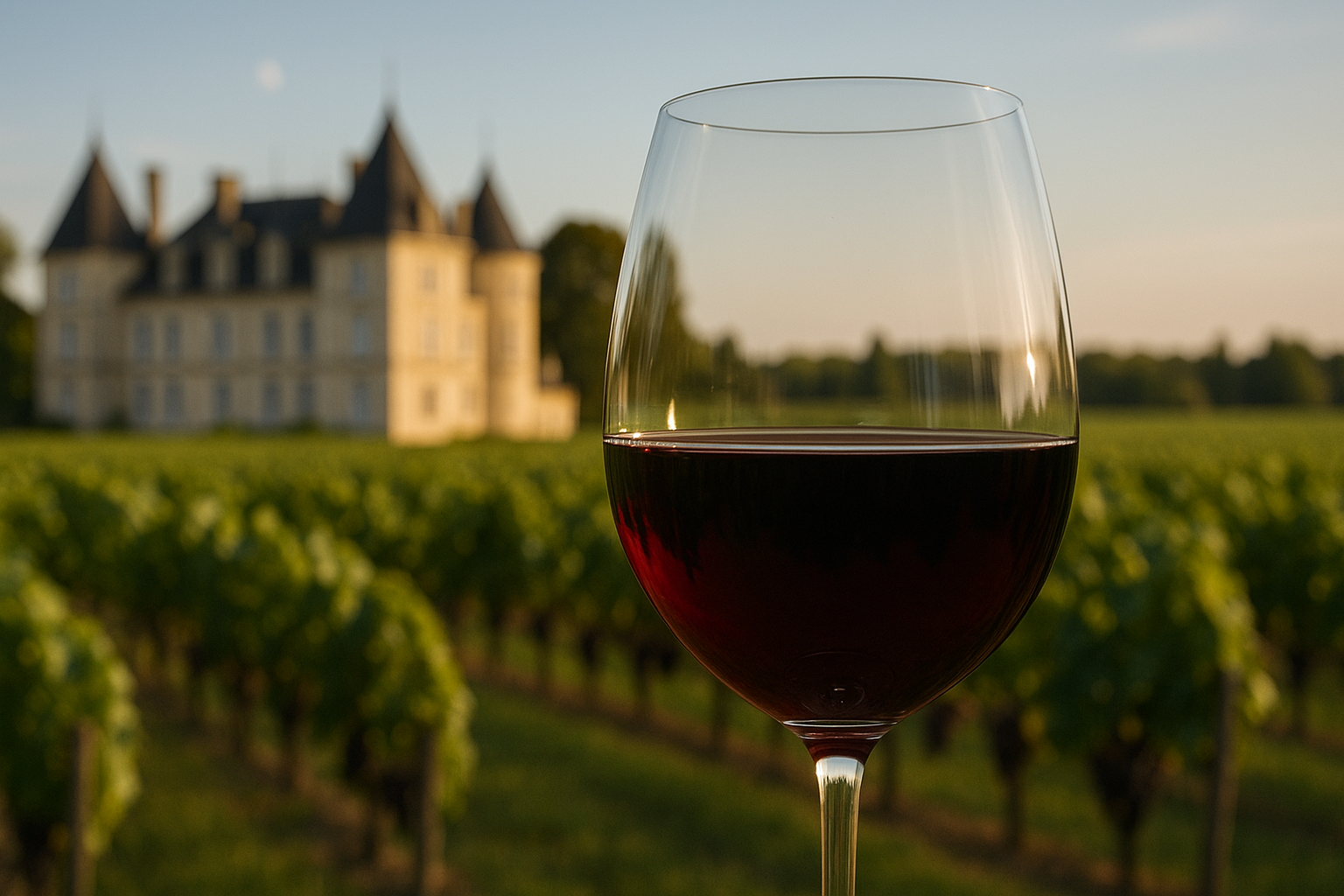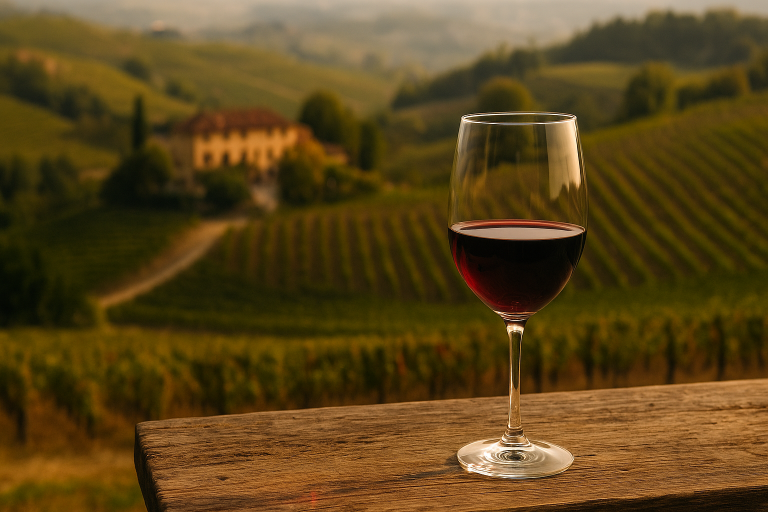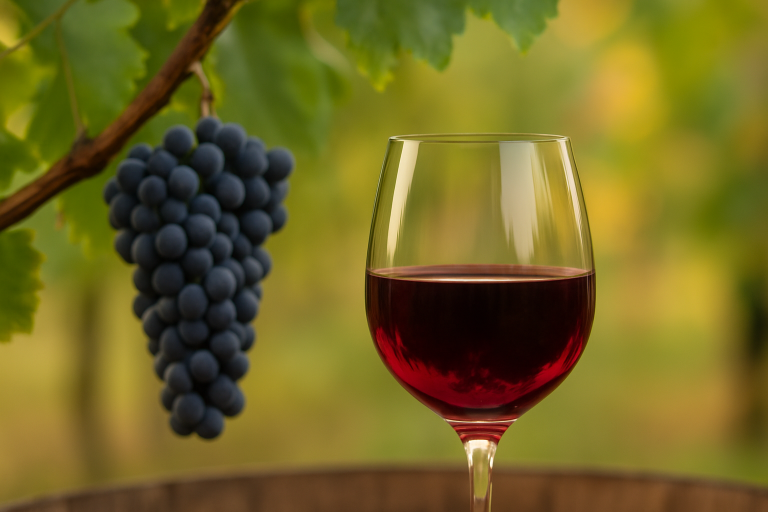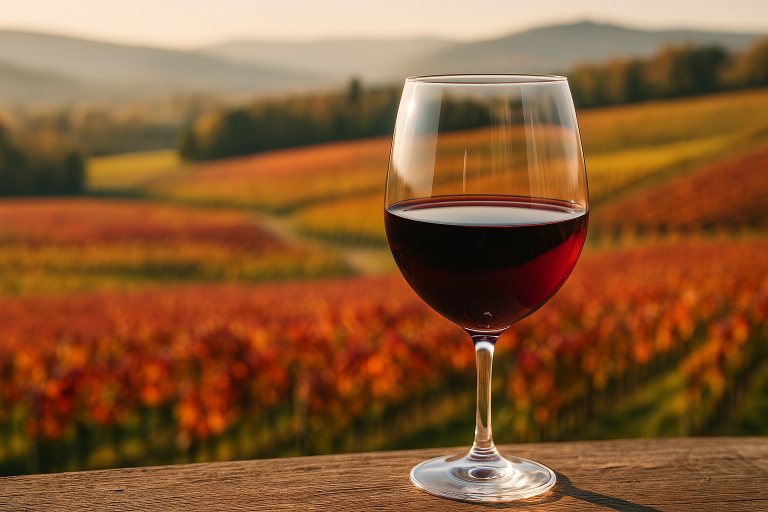Elegant, aromatic, and full of quiet strength, Cabernet Franc is one of the world’s great red wine grapes — often celebrated as the refined parent of Cabernet Sauvignon, Merlot, and Carmenère. Known for its perfumed bouquet, silky texture, and distinctive herbal character, Cabernet Franc shines both as a blending partner and as a standalone varietal. It may not shout as loudly as its more famous offspring, but it speaks with remarkable nuance and charm.
A Brief History
Cabernet Franc’s story begins in southwestern France, where it was cultivated as early as the 17th century — long before Cabernet Sauvignon rose to prominence. Genetic studies later confirmed that Cabernet Franc is one of the parent grapes of Cabernet Sauvignon, the result of a natural crossing with Sauvignon Blanc.
Historically, it was prized for its early ripening and adaptability. French monks planted it along the Loire River, where it thrived in the cooler climate and limestone soils. Known locally as “Breton”, Cabernet Franc became the backbone of elegant wines from Chinon, Bourgueil, and Saumur-Champigny.
Over time, it migrated south to Bordeaux, where it became an essential blending component in the region’s great reds — particularly on the Right Bank in Saint-Émilion and Pomerol, adding aromatic lift and finesse to Merlot-dominant wines. Today, Cabernet Franc’s influence spans the globe, appreciated for its elegance, fragrance, and food-friendly balance.
Where It’s Grown
While its roots remain in France, Cabernet Franc now thrives in many of the world’s leading wine regions:
- France: In Loire Valley, it produces pure, medium-bodied reds with floral, earthy character. In Bordeaux, it contributes structure and aroma to iconic blends.
- Italy: Known as Cabernet Franc or Bordo, it performs beautifully in Friuli, Tuscany, and Veneto, offering depth and refinement.
- United States: Particularly in California, Washington State, and New York’s Finger Lakes, where styles range from ripe and fruit-forward to delicate and herbal.
- Canada: A star in Ontario’s cool climate, producing both dry and ice wine versions with remarkable freshness.
- Argentina & Chile: Emerging regions crafting lush yet balanced styles with vibrant fruit and subtle spice.
Wherever it’s grown, Cabernet Franc adapts gracefully — revealing a unique sense of place while maintaining its signature aromatics.
Tasting Notes
Cabernet Franc is typically medium-bodied with fine tannins and bright acidity, making it one of the most versatile reds at the table. Its hallmark aromas include red currant, raspberry, and plum, complemented by violet, bell pepper, graphite, and herbs. In warmer climates, expect deeper fruit — black cherry, blackberry, and baking spice — while cooler regions bring out its leafy, floral charm.
The palate is elegant rather than forceful, with freshness that makes it ideal for pairing. It complements a wide range of foods — from roast chicken, pork tenderloin, and grilled vegetables to goat cheese and herbed pasta.
When aged in oak, Cabernet Franc develops greater depth, revealing notes of cedar, tobacco, and cocoa, yet it always retains its trademark perfume and vibrancy.
The Essence of Cabernet Franc
Cabernet Franc is a study in subtlety — graceful, aromatic, and quietly complex. It may not carry the fame of Cabernet Sauvignon, but it offers something equally compelling: purity, freshness, and finesse.
Whether it’s the floral delicacy of the Loire Valley or the dark-fruited warmth of California, Cabernet Franc invites you to slow down, savor, and appreciate the artistry of restraint. It is, in every sense, a classic red with a poet’s soul.







